




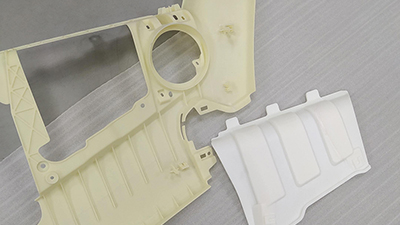
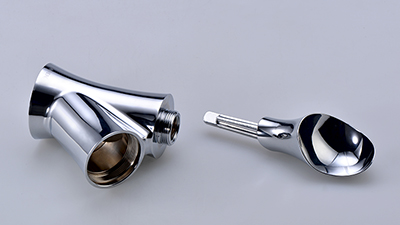


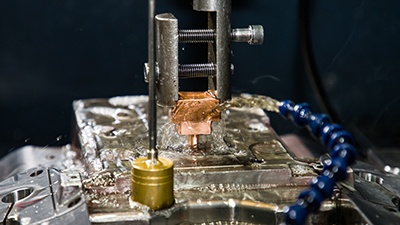
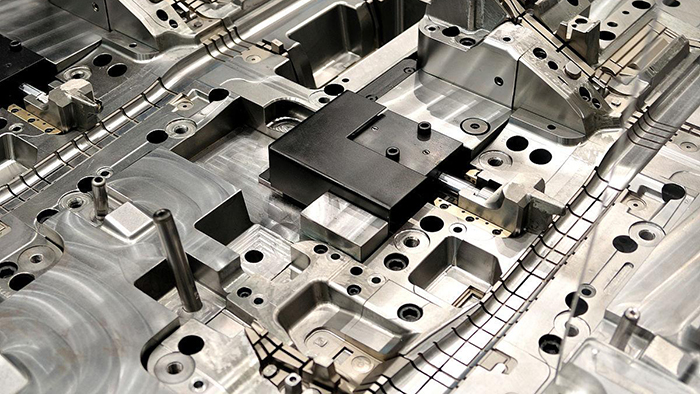
Mastars uses CNC technology to make prototypings and functional parts, providing customers with rapid prototyping services and high-precision parts production. Stainless steel materials play an irreplaceable role in modern industrial production. Many Mastars' prototypings and mass-produced products use stainless steel materials, and CNC machining is also a very widely used process.
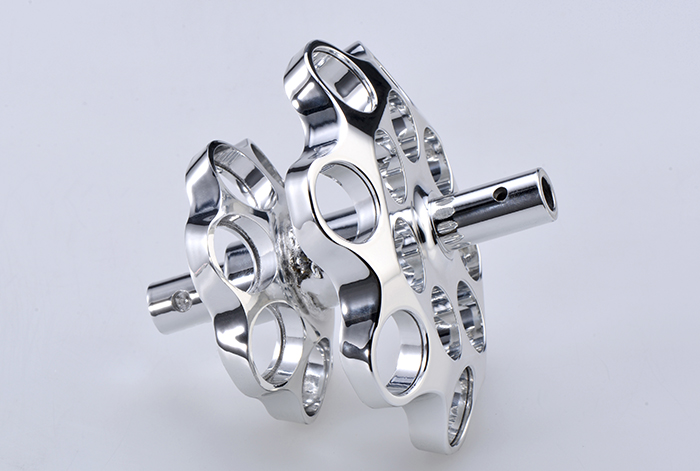
Solutions:
In view of several problems in stainless steel processing, we will solve it from the following aspects:
1.We should select tool materials with high hardness, good toughness and heat resistance, and low chemical affinity with stainless steel, such as cubic boron nitride blade.
2.The geometric parameters of the tool. Carbide tools should adopt a larger rake angle to improve tool life and enhance the strength of the blade. The size of the relief angle directly affects the wear of the tool and also affects the strength of the blade. The change of the main deflection angle will affect the change of the radial cutting force and the axial cutting force, as well as the size of the cutting width and cutting thickness.
3.Selection of cutting dosage. According to the characteristics of stainless steel materials, low speed and large feed rate should be used for cutting.
4.The selection of cutting oil should be appropriate. Because stainless steel has the characteristics of easy to produce bond and poor heat dissipation, it is very important to select cutting oil with good bond resistance and heat dissipation during cutting.
5.The cutting edge of the tool should be kept sharp. In order to reduce work hardening, the feed rate and the amount of back cutting should not be too small to prevent the tool from cutting in the hardened layer and affect the service life of the tool.
6.In order to avoid chip sticking to the tool, the front and rear edges of the tool should be carefully polished to maintain a higher finish, thereby reducing the chip flow resistance.